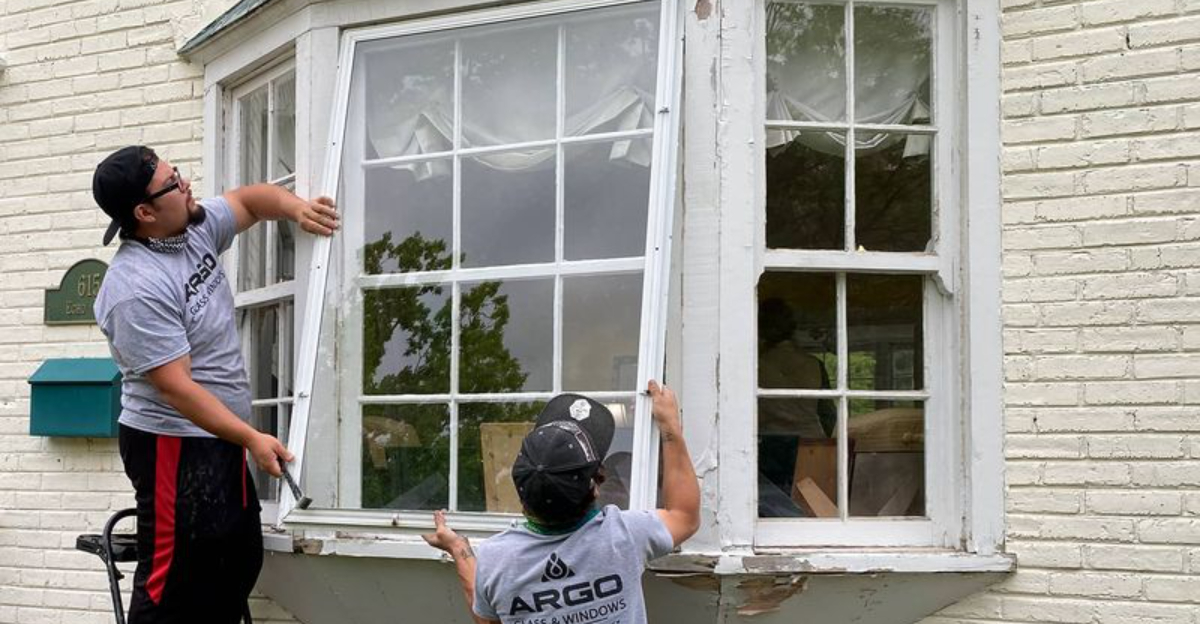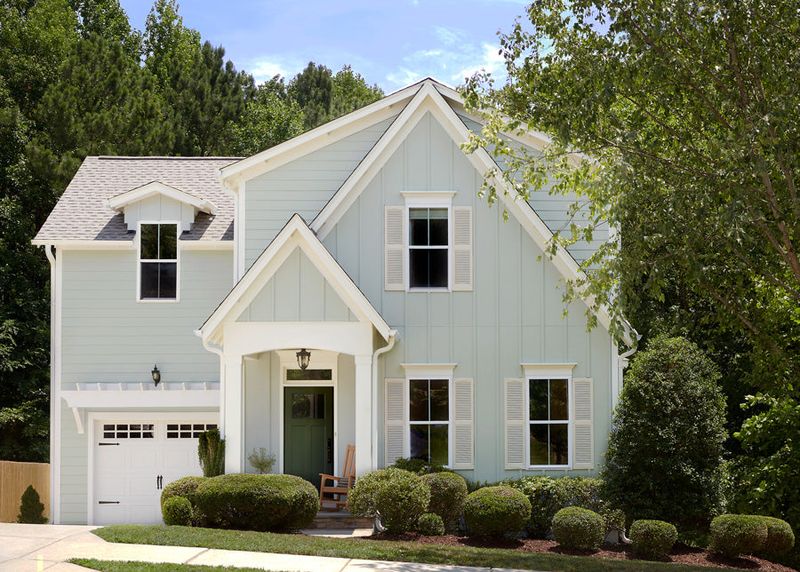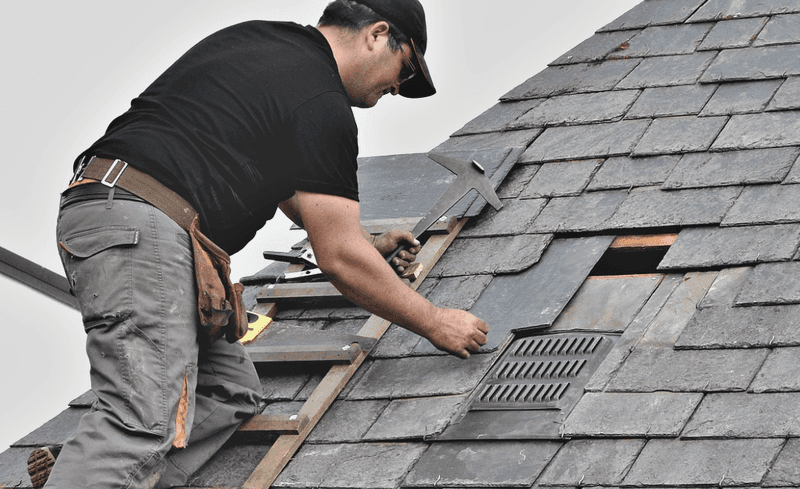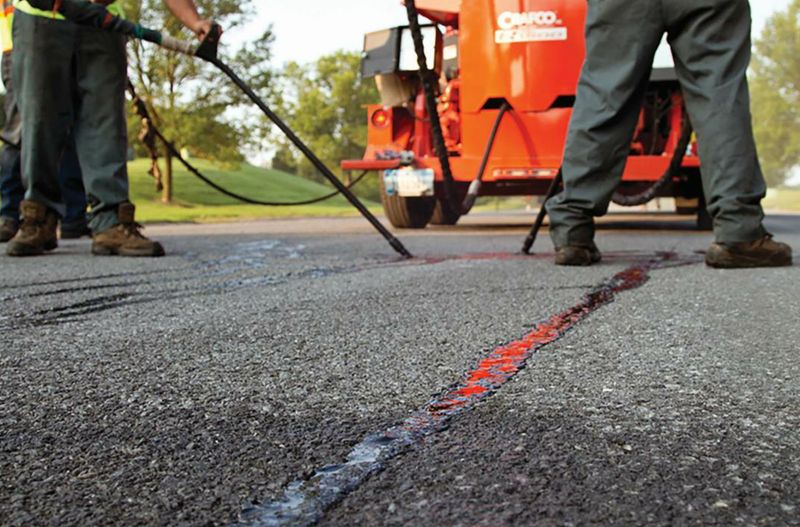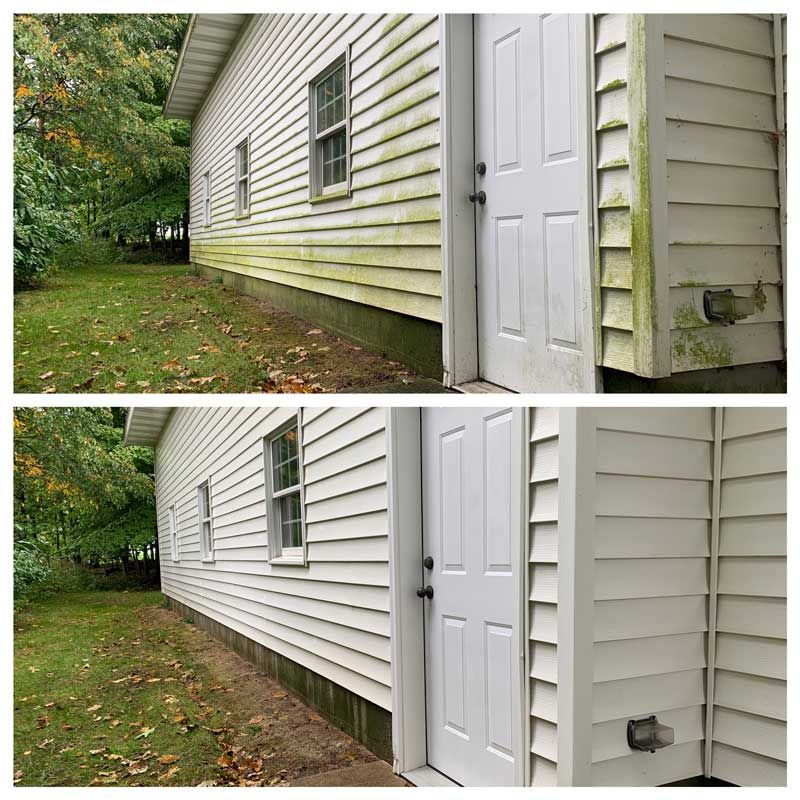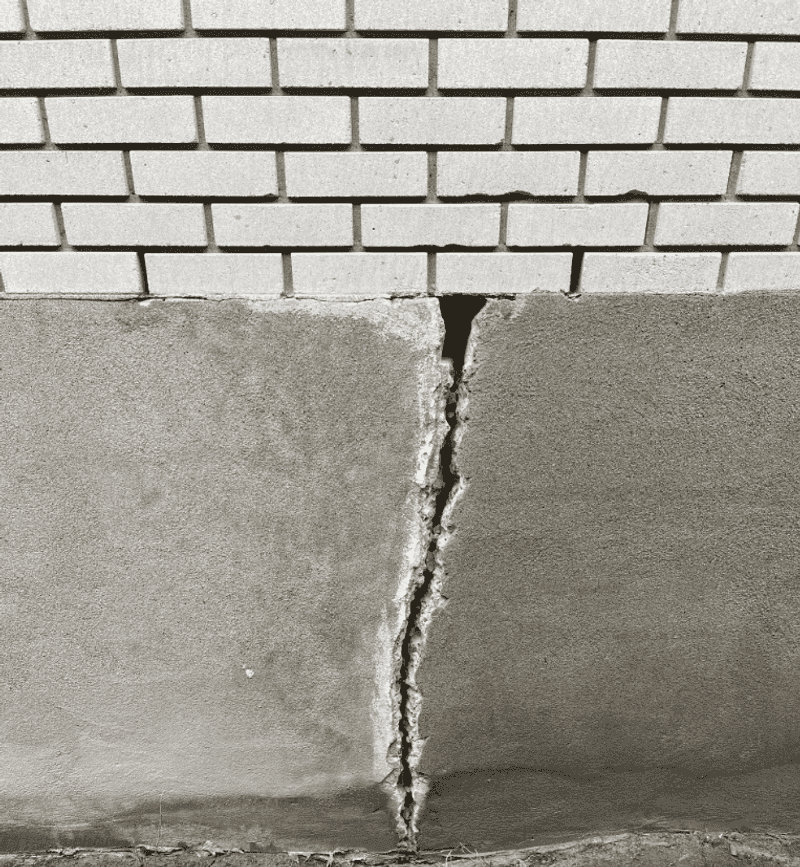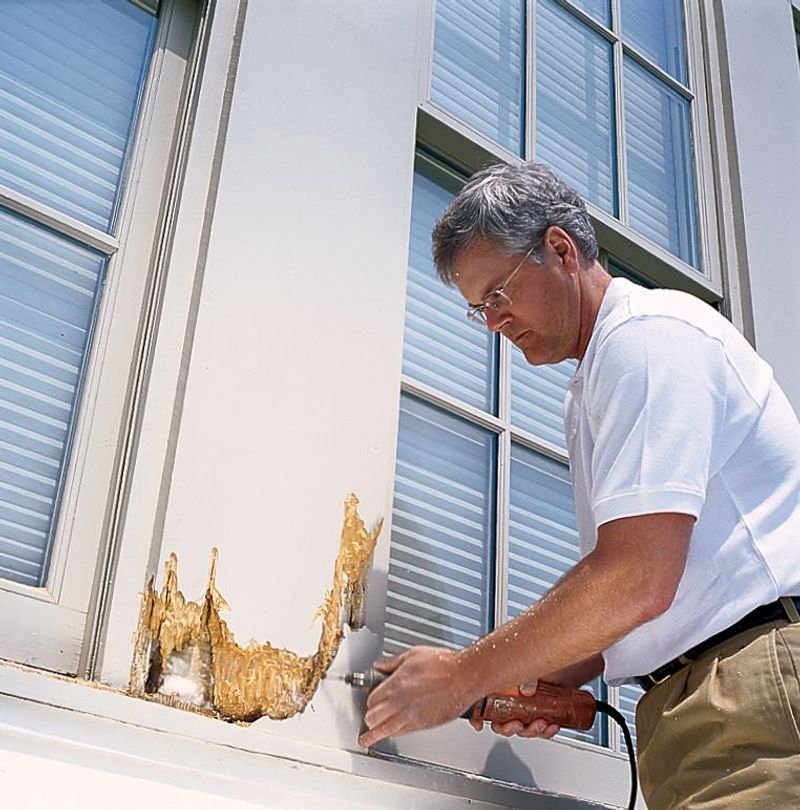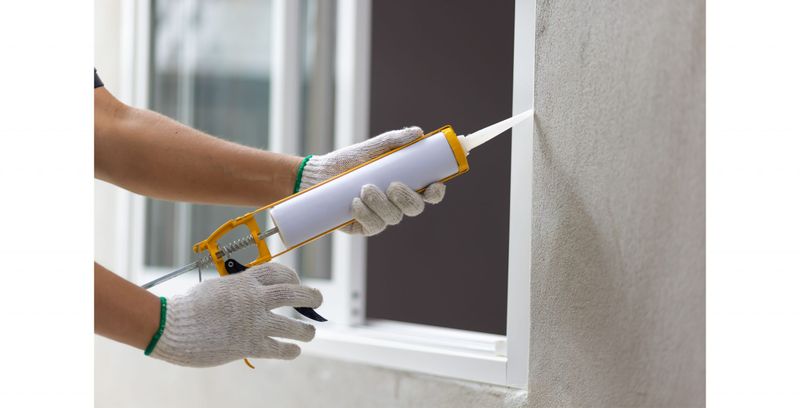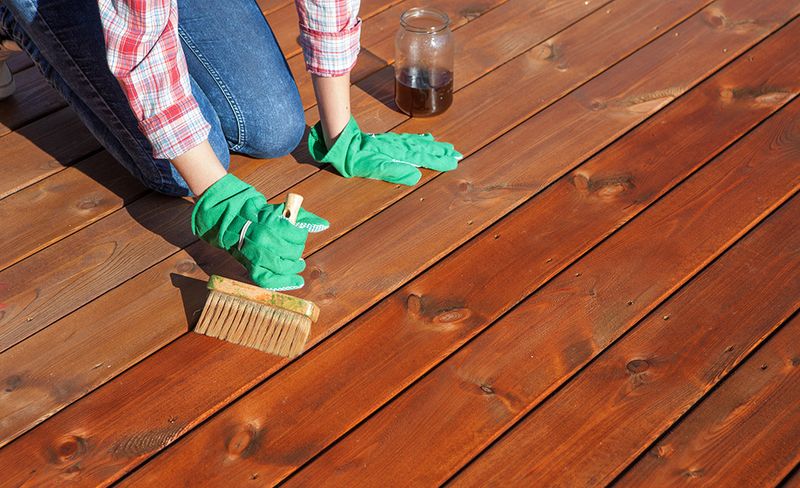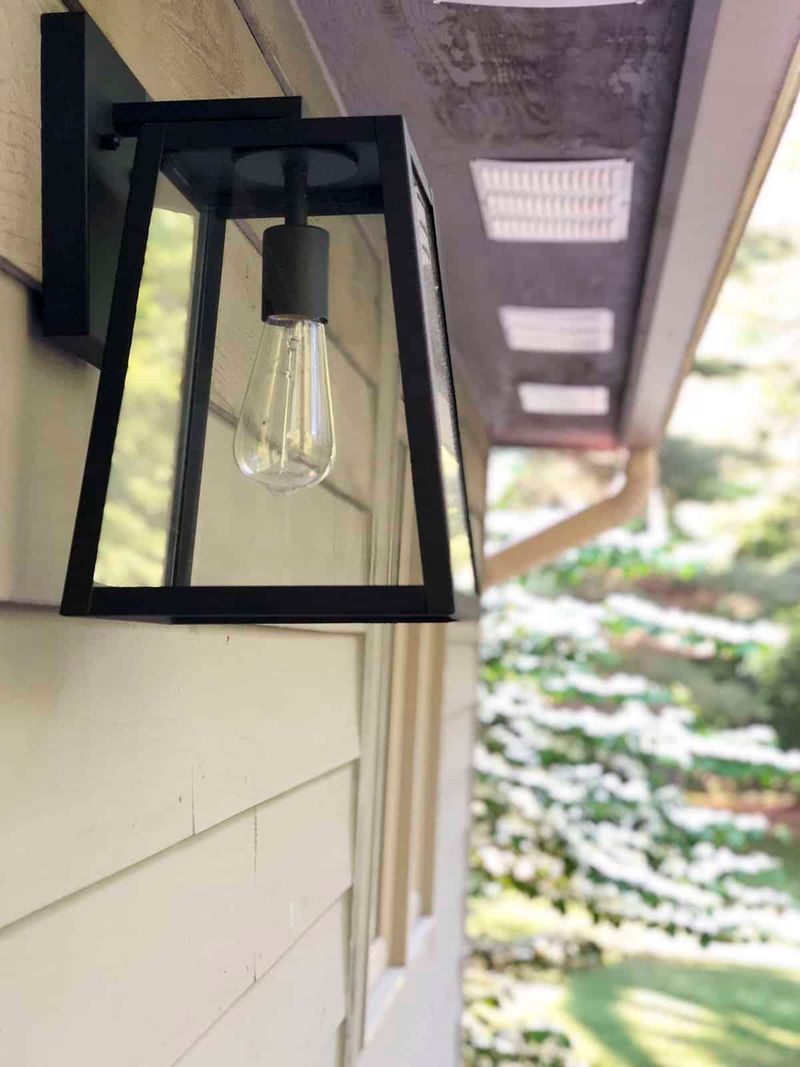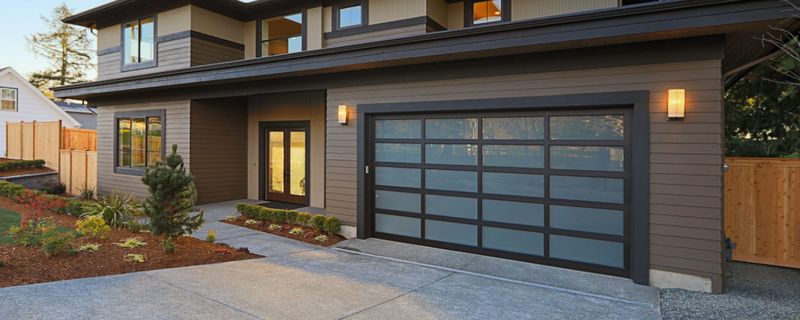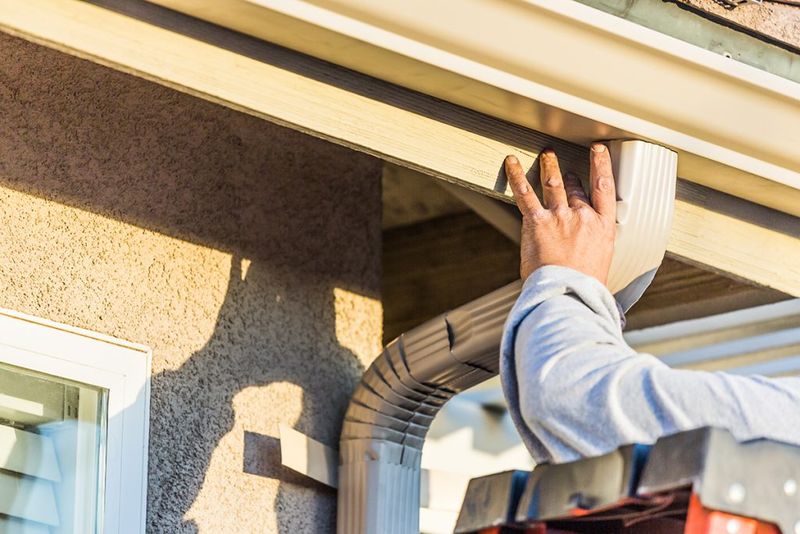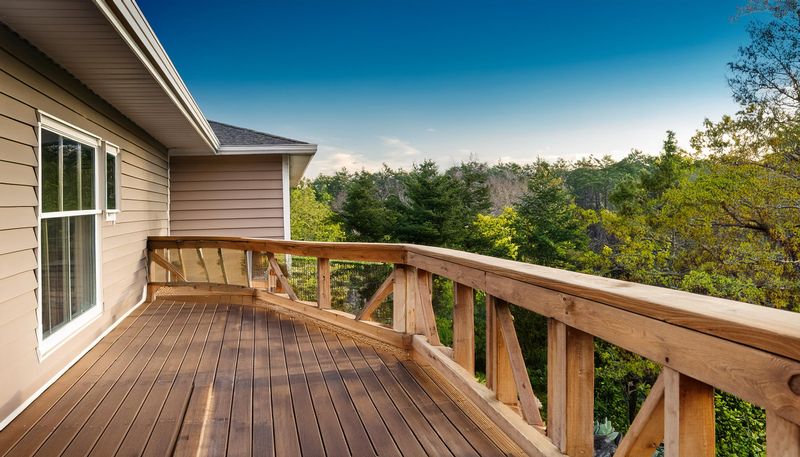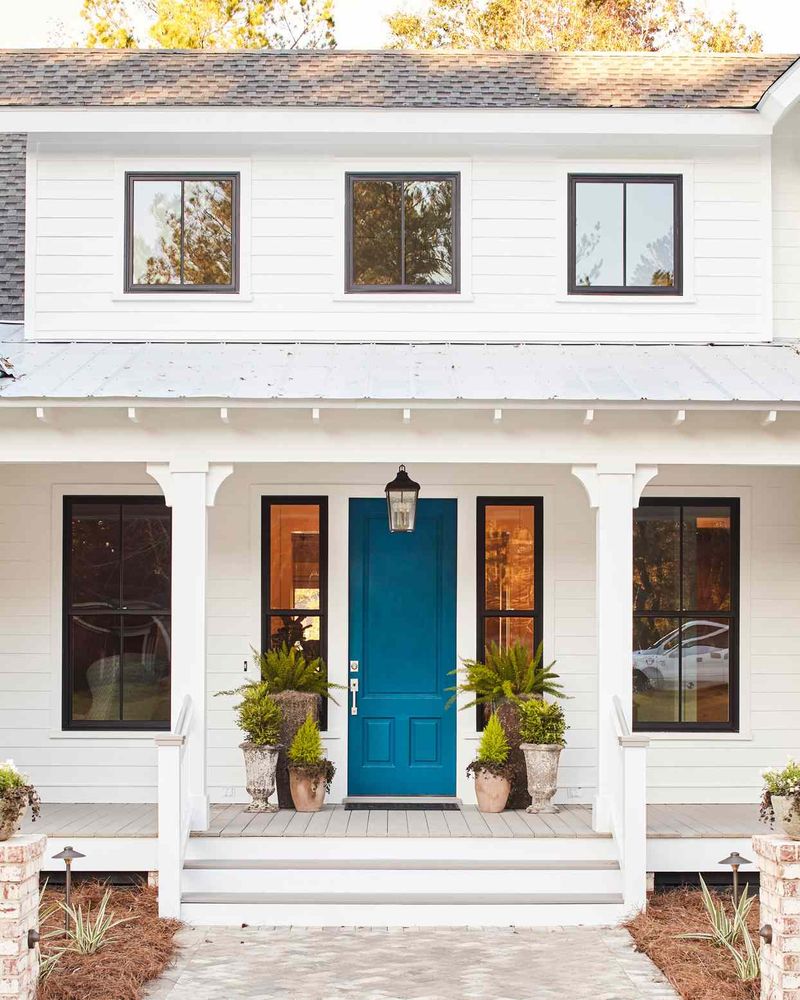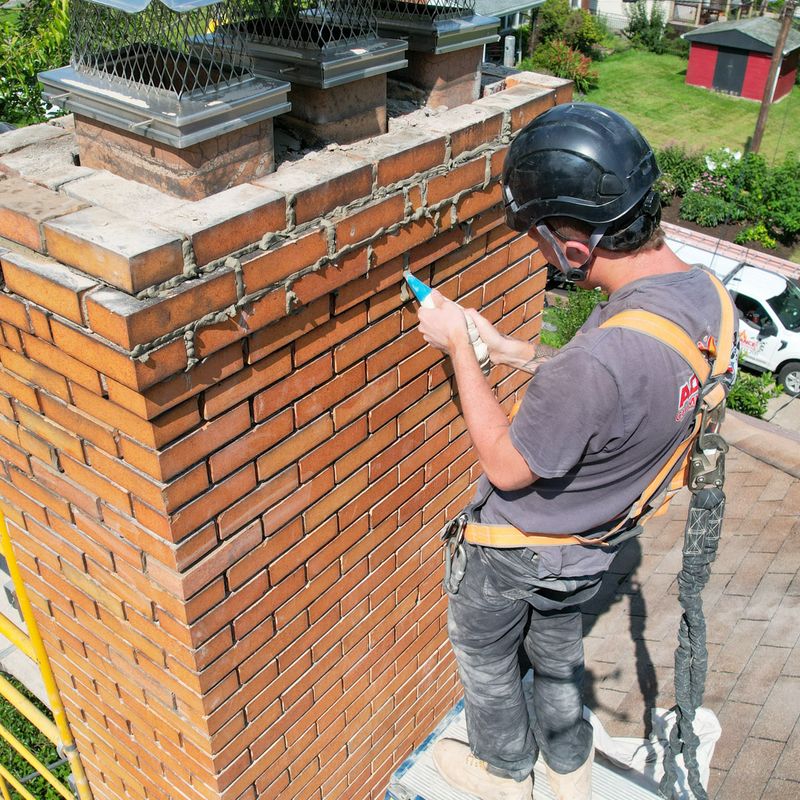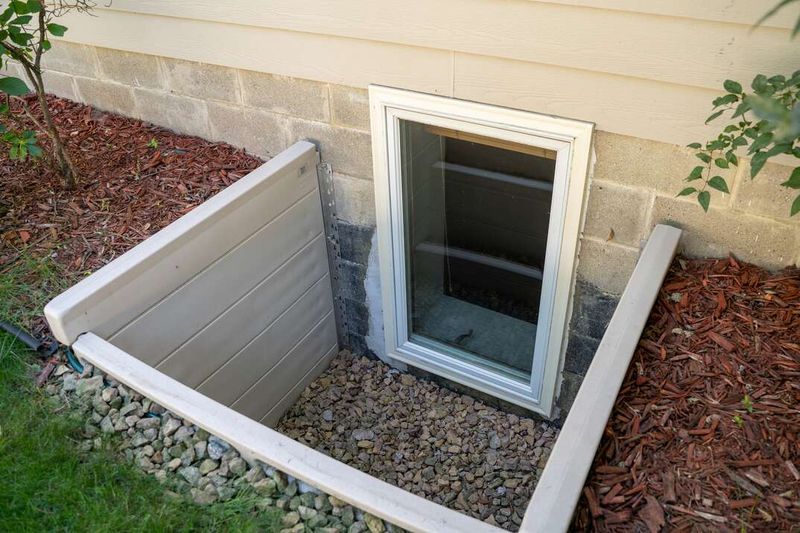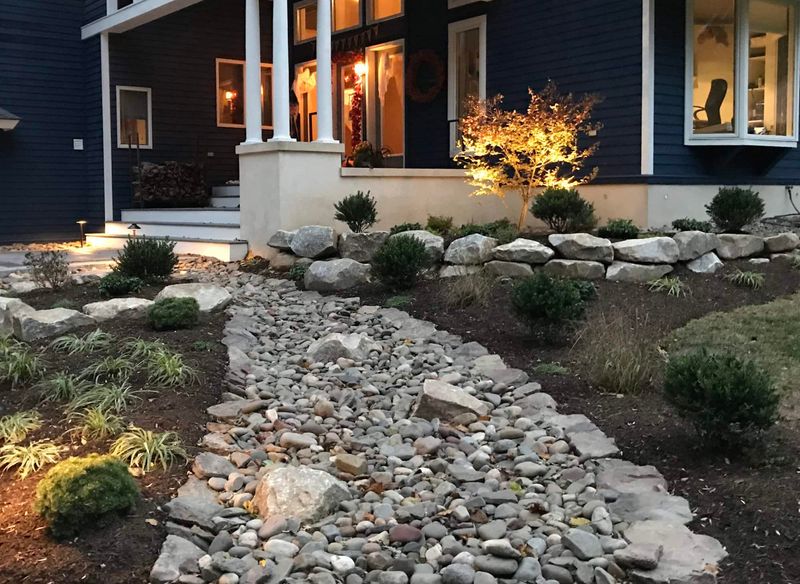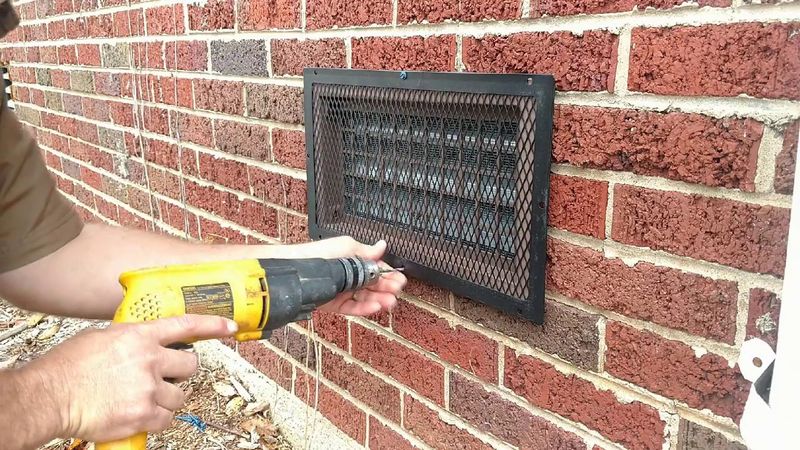Your home’s exterior works hard every day, shielding everything inside while shaping that all-important first impression.
Keeping it in top condition preserves your investment, prevents expensive headaches, and ensures your house stays both welcoming and strong.
These essential repairs tackle common trouble spots and freshen up your home’s look, helping you maintain a beautiful, durable exterior that stands up to whatever comes its way.
1. Repaint Siding
There’s nothing that revitalizes a tired-looking house faster than fresh paint. Over time, sun exposure and harsh weather conditions cause exterior paint to fade, crack, and peel.
A new coat protects your siding from moisture damage and prevents wood rot. Most exterior paint jobs last 5-10 years depending on your climate and the quality of paint used.
2. Clean and Repair Gutters
Clogged gutters can lead to serious water damage throughout your home. When leaves and debris block water flow, rainwater can overflow and seep into your foundation, roof, or walls.
Regular cleaning twice yearly prevents these issues. Look for sagging sections, loose fasteners, or leaky seams that need repair. Properly functioning gutters direct water away from your home’s foundation.
3. Replace Damaged Roof Shingles
After a storm blows through, take a moment to inspect your roof from ground level. Missing or damaged shingles create entry points for water, leading to leaks and interior damage.
Even small roof issues can escalate quickly if ignored. Individual shingles can be replaced without requiring a full roof renovation. This simple maintenance step extends your roof’s lifespan significantly.
4. Seal Driveway Cracks
Those small cracks in your driveway might seem harmless, but they’re actually ticking time bombs. Water seeps in, freezes, expands, and gradually turns tiny fissures into major problems.
Catching and sealing these cracks early prevents more extensive damage. Asphalt driveways should be sealed every 2-3 years to maintain their appearance and structural integrity. The process is relatively inexpensive compared to full replacement.
5. Pressure Wash Exterior Walls
Years of exposure to the elements leaves your home’s exterior coated with dirt, pollen, and sometimes mildew. A thorough pressure washing can instantly rejuvenate your home’s appearance without painting.
Beyond aesthetics, removing built-up grime prevents deterioration of your siding material. Most homes benefit from an annual cleaning, especially in humid climates where mold and mildew thrive.
6. Fix or Replace Windows
Drafty windows do more than just make rooms uncomfortable – they dramatically increase your energy bills. Inspect window frames for rot, gaps, or failing seals that allow air and moisture infiltration.
Minor issues can often be fixed with new weatherstripping or caulk. For windows with foggy glass or significant damage, replacement might be more cost-effective long-term. Energy-efficient replacements can qualify for tax incentives in many areas.
7. Repair Cracked Foundation
While inspecting your home’s exterior, pay special attention to the foundation. Hairline cracks might be normal settling, but wider fissures demand immediate attention.
Foundation issues can compromise your entire house’s structural integrity. Small cracks can often be filled with epoxy injections, while larger problems might require professional assessment. Early intervention prevents the problem from spreading throughout your home.
8. Replace Rotting Trim
Wooden trim around windows, doors, and rooflines is particularly vulnerable to moisture damage. Once rot begins, it spreads quickly and can affect surrounding structural elements.
Replacing damaged sections with rot-resistant materials like PVC or composite prevents future issues. Many homeowners opt for these low-maintenance alternatives during repairs. Proper painting and sealing of wooden trim extends its lifespan considerably.
9. Re-caulk Around Doors and Windows
Seemingly insignificant gaps around windows and doors create perfect entry points for water and insects. Old caulk eventually cracks, shrinks, and pulls away from surfaces, compromising your home’s weatherproofing.
Removing old caulk and applying fresh sealant is an inexpensive yet effective repair. This simple maintenance task improves energy efficiency and prevents water damage. Most exterior caulk should be inspected annually and replaced every few years.
10. Fix Broken Fences
Sagging gates, loose posts, and broken pickets make your property look neglected. Beyond aesthetics, damaged fencing compromises security and property boundaries.
Wooden fences benefit from regular sealing or staining to prevent weather damage. Metal fences should be checked for rust spots that need sanding and repainting. A well-maintained fence can last decades with proper care, while neglected ones might need complete replacement after just a few years.
11. Clean and Seal Decks
Your outdoor living space takes a beating from sun, rain, and daily use. Without proper maintenance, wooden decks can splinter, warp, and rot surprisingly quickly.
A thorough cleaning removes built-up grime and mildew that can damage wood fibers. Applying a quality water-repellent sealer afterwards protects against moisture penetration. Most decks need resealing every 1-2 years, with timing depending on your climate and sun exposure.
12. Update Exterior Lighting
Outdated or malfunctioning exterior lights affect both safety and curb appeal. Well-placed lighting illuminates walkways, highlights architectural features, and deters potential intruders.
Modern LED fixtures use less electricity while providing better illumination. Many homeowners are switching to smart lighting systems that can be programmed or controlled remotely. Solar options eliminate wiring concerns and reduce energy costs for areas far from existing electrical connections.
13. Repair Garage Doors
As the largest moving part of your home, garage doors deserve special attention. Strange noises, jerky movement, or slow response time indicate problems that should be addressed promptly.
Lubricating moving parts twice yearly prevents excessive wear. Check weather stripping along the bottom and sides to ensure it creates a proper seal. Most issues can be fixed with simple adjustments or replacement parts rather than complete door replacement.
14. Replace Damaged Downspouts
When heavy rain pours down, functioning downspouts prevent water from pooling around your foundation. Dented, disconnected, or missing sections compromise this important drainage system.
Ensure downspouts extend at least 5 feet from your home’s foundation. Consider installing decorative rain chains or collection barrels as attractive alternatives. Proper downspout maintenance prevents basement flooding and soil erosion around your home.
15. Fix Loose Railings
Wobbly porch or deck railings create serious safety hazards for family and visitors. Weather exposure gradually loosens fasteners and weakens attachment points.
Tightening existing hardware might solve minor issues, but severely damaged railings need replacement. Building codes specify minimum strength requirements for railings, making this repair particularly important. Sturdy, well-maintained railings provide both safety and aesthetic appeal to your home’s exterior.
16. Repaint or Refinish Front Door
Your front door creates crucial first impressions of your home. Fading, peeling, or outdated colors diminish curb appeal and can make the entire house look neglected.
A fresh coat of paint or new stain transforms this focal point with minimal effort and expense. Bold color choices make a statement while complementing your home’s overall palette. This weekend project delivers maximum impact for relatively little investment in time and materials.
17. Repair Chimneys
Standing tall above your roofline, chimneys face extreme weather conditions year-round. Crumbling mortar, loose bricks, or damaged caps can lead to water infiltration and structural problems.
Annual inspections help catch minor issues before they become major repairs. Chimney caps prevent animals from nesting inside while keeping rain out. Professional tuckpointing restores deteriorated mortar joints and extends your chimney’s lifespan significantly.
18. Seal Basement Window Wells
Often overlooked, basement window wells can become collection points for water that seeps into your foundation. Proper sealing prevents moisture problems and potential flooding.
Clear debris regularly to maintain drainage pathways. Consider installing transparent covers that allow light while keeping out leaves, animals, and excess water. Properly sealed window wells also improve your basement’s energy efficiency by reducing drafts.
19. Clear and Maintain Landscaping Drainage
Seemingly minor landscape grading issues can direct water toward your foundation instead of away from it. Check for low spots where water collects near your home after rainfall.
Adding soil to create proper slope away from the foundation prevents water damage. French drains or dry creek beds offer attractive solutions for persistent drainage problems. Proper landscaping drainage protects your foundation while preventing soil erosion around your property.
20. Repair or Replace Exterior Vents
Damaged or blocked exterior vents compromise your home’s ventilation system. Attic, dryer, and bathroom vents all require clear pathways to expel moisture and maintain proper airflow.
Check vent covers for cracks, pest intrusions, or debris buildup. Ensure flapper doors move freely and create proper seals when closed. Functioning vents prevent moisture accumulation that leads to mold growth and wood rot throughout your home’s structure.

